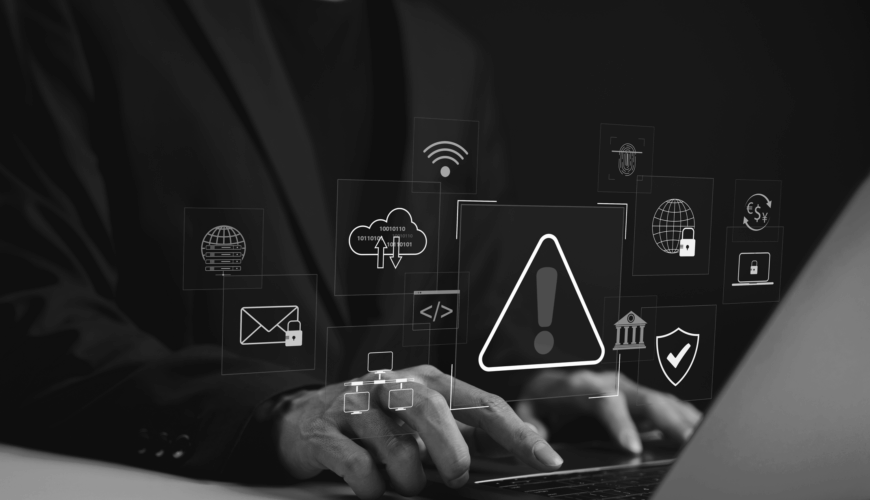Modern supply chains are the lifeblood of global commerce. They link manufacturers, suppliers, logistics firms, and retailers in a continuous exchange of goods and data. But as these systems have become faster and more digital, they have also become more exposed. In recent years, cyberattacks targeting supply chains have evolved from rare incidents to a persistent, global problem.
The very connections that keep goods moving now give hackers new opportunities to strike. Instead of attacking large corporations directly, cybercriminals are increasingly targeting smaller companies that support them, such as software vendors, contractors, and service providers that hold the keys to larger systems. Once a trusted partner is compromised, the damage can spread quickly across borders and industries.
Preventing & Mitigating Cyberattacks on the Supply Chain
The Weak Links Behind the Screens
Every business depends on others. A manufacturer might rely on a third-party logistics firm, which in turn might use cloud software from another provider. This provider, however, might also rely on external developers. Each link in this chain adds efficiency, but also risk.
Cybercriminals understand this better than anyone. They target partners who are least prepared, often using phishing emails, stolen credentials, or tampered software updates to gain access. Once they gain a foothold, they can quietly move through connected systems, stealing data or planting malicious code that affects everyone in the network.
Many of these attacks succeed not because of advanced technology, but because of simple trust. Companies often share access freely with partners, assuming they are safe. In the digital age, that assumption can be costly.
When One Breach Halts Many
The consequences of a supply chain cyberattack can reach far beyond the initial victim. When a supplier is locked out of its systems or forced offline, production lines come to a halt, deliveries cease, and shelves remain empty. Businesses that had no direct security failure of their own still suffer the fallout.
For many companies, recovery takes weeks or even months. The financial toll can be immense, but the loss of customer confidence often causes more harm. Clients expect reliability. When systems fail due to someone else’s security lapse, the damage to reputation and trust can be difficult to repair.
Even industries once thought immune, such as food production, healthcare, and transportation, have seen how a single digital weakness can create a very real, physical crisis.
Why Defense Is So Difficult
Protecting against supply chain cyberattacks is uniquely challenging. A business might secure its own network with firewalls, encryption, and regular audits, but it cannot easily control what happens inside its partners’ systems.
Smaller vendors often operate with limited cybersecurity budgets, and even large firms may not fully understand where their data travels once it leaves their own servers. Complex chains of subcontractors make oversight nearly impossible. As a result, vulnerabilities can remain hidden until they are exploited.
There’s also the issue of communication. Many organizations hesitate to share details about breaches, fearing they will lose clients or face legal scrutiny. That silence allows attackers to repeat the same tricks elsewhere, undetected and unchallenged.
Building a Culture of Shared Responsibility
To counter this growing threat, companies need to think differently about security. It’s no longer just an internal issue; it’s a collective one. Each participant in a supply chain must view cybersecurity as part of their professional duty, not as an optional expense or an afterthought.
This involves setting clear expectations for vendors, conducting regular assessments, and maintaining transparency in the event of incidents. Larger companies can play a leading role by supporting smaller suppliers with training and resources, helping them build resilience rather than simply shifting blame when things go wrong.
Technology can help, but real-time monitoring, stronger authentication, and careful network design all make a significant difference; lasting protection ultimately depends on trust built through accountability and open communication.
A Turning Point for Global Business
The rise in supply chain cyberattacks marks a defining moment for global trade. The systems that connect the world have also exposed it, showing how deeply our economies rely on unseen digital links.
In the years ahead, the businesses that will endure will be those that treat cybersecurity not as a cost, but as a form of quality control, a commitment to reliability in the digital age. Protecting supply chains means safeguarding the flow of commerce itself, and that is a shared responsibility that no company can afford to ignore.


